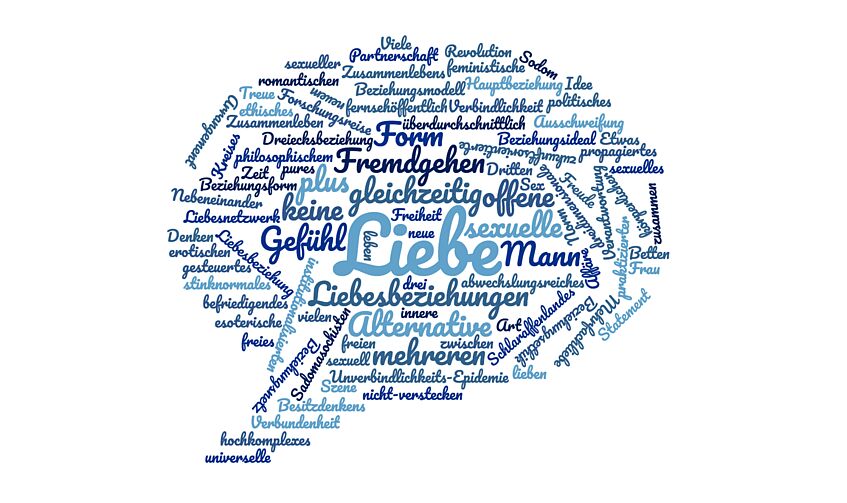Findings
Publications: already available as results from the project is
• A journal article how the project could be taken forward with a Citizen Science approach, published in POS (2021). Direct link to article (Open access)
• An introduction to polyamory including the from the project resulting definition of polyamory published in the 'Handbook of Global Sexualities' by SAGE (2020). Direct link to handbook.
• A book chapter on hierarchies within polycules from the interview data published by Unrast Verlag (2020). Direct link to order.
• A preview/sample of the media analysis (journal article) in the Austrian Journal of Historical Studies (2019). Direct link to article.
• An article on polyamory in the context of new kinship studies (edited book) by the publication series of the Department of European Ethnology (2017). Direct link to article.
Summary
Polyamory, which the thesis understands as a consensual relationship between more than two people based on emotional love and intimate acts over a period of time, emerged in the academic discussion in the 1990s, with studies at the time focussing on sexual diversity in society and history. Public attention and media reports slowly grew about a decade later, and interest in the topic has increased steadily ever since. But our knowledge is still limited, and research on the media representation of polyamorous individuals is even harder to find. The overall goal of the thesis was therefore to explore if, and if so in which aspects, self-perception corresponds with or contradicts media representation of individuals living in polyamorous partnerships in the German-speaking world. More precisely, the research focused on the individual love history and biography, matters of self-perception as a sexual minority group, and identification as members of an extended LGBT acronym, social acceptance by families and the wider society, the (assumed) demand for legal as well as religious recognition, and paths of knowledge acquisition.
The theoretical foundation of the thesis is the mid-range theory of framing (understood according to a social sciences approach). Regarding methods, media representation was analysed using qualitative content analysis, for which 748 articles published over exactly one decade (2007-2017) in Austria, Germany, Luxembourg and Switzerland were compiled. In a second step, 368 articles of relevance were categorised, coded and analysed. Self-perception was explored through narrative biographical interviews, for which 33 individuals from 14 different polycules (i.e. all individuals who are directly or indirectly involved with each other through relationships) were questioned. The interviews were analysed according to categories developed in the course of the media analysis.
The most significant preliminary findings indicate that there is no single, specific path that leads to a multiple relationship. Polyamory is represented as well as understood as multiple emotional relationships, as a lifestyle as well as a theoretical identity, as an intimate practice, but not as a sexual orientation. It is still a stigmatised relationship form, so some affected individuals hesitate to come out of the closet. The individual demand for legal recognition is modest, but the support for the idea is strong. Religion is an issue neither for those involved nor for the media. And in real poly life, physical meetings and the exchange of experiences and knowledge are more important than books and intangible role models presented by the media.
In conclusion, most aspects of the self-perception correspond with the media representation. Due to a steep recent increase in media attention, the discussion on polyamory itself has the potential to move from the margins towards the center of society.
This summary was published in the European Sociologist, the official journal of the European Sociologist Association in February 2020.

Copyright: Stefan Ossmann
